For Black History Month, the AFL-CIO is spotlighting various African American leaders and activists who have worked at the intersection of civil and labor rights. Our next profile is Isaac Myers.
Isaac Myers was born in Baltimore in 1835 to free parents. The city's schools excluded African American children, so Myers had to learn to read and write from his minister. At 16, Myers took an apprenticeship with Thomas Jackson, an African American ship caulker who was well-known in the city. Myers learned quickly, and by the time he was 20, he had been placed in charge of a crew that caulked large clipper ships. Myers stayed in the trade for nearly a decade before moving on to open a grocery business in the early 1860s.
The Baltimore shipyards of the time employed both free blacks and slaves leased to the shipyard owners, including Frederick Douglass, who worked as a caulker in the few years leading up to his escape to freedom. In 1838, African American workers formed the Caulkers Association, one of the first African American trade unions in the United States. By the 1850s, black caulkers were paid well—well enough, in fact, that white workers and immigrants who also worked in the shipyards began speaking out against the African American workers. In 1858, riots began. Some shipyard owners, wary of the conflict, stopped hiring black caulkers. In 1865, white workers engaged in a strike that forced shipyards to fire African American workers, leading to more than 1,000 dock workers being fired.
Myers had stayed in contact with his friends who worked in the shipyards during the conflict. He worked his way up to be a high-ranking clerk in a wholesale grocery business. In response to the strike by white workers who targeted black shipyard workers, Myers organized a group of both African American and white business owners to create a new shipyard that would function as a cooperative. The new Chesapeake Marine Railway and Dry Dock Company employed more than 300 African American workers and the pay was good. The new shipyard was successful until 1884, when they lost the lease. Myers served as a board member for the company and an unofficial spokesperson.
Meanwhile, Myers focused most of his time on helping expand the black trade unionist movement. By 1868, he was president of the Colored Caulkers' Trade Union Society of Baltimore. He used that position to reach out to African American union members in other trades and cities in an effort to bring organizations that allowed African Americans to join into the National Labor Union, a new national federation of local unions. At the NLU's 1869 national convention, Myers and a delegation of African American union leaders addressed the gathering, making the case for equal treatment and acceptance of black leaders by the white leaders of organized labor. Myers said:
I speak today for the colored men of the whole country...when I tell you that all they ask for themselves is a fair chance; that you shall be no worse off by giving them that chance....The white men of the country have nothing to fear....We desire to have the highest rate of wages that our labor is worth.
The NLU rejected Myers plea, but they offered him and others the opportunity for African American unionists to join an affiliated, but separate, organization. Myers and other leaders formed the Colored National Labor Union. Over the next several years, Douglass had become the most well-recognized leader in the CNLU, which was hit hard by the depression of 1873. Both the NLU and CNLU folded because of the depression.
That didn't slow down Myers' organizing efforts. He launched a new organization, the Colored Men's Progressive and Cooperative Union, which was open to members of all occupational backgrounds. The new union not only allowed both white and black members, it was one of the few unions of the day to also welcome women.
In the 1870s, Myers became pretty heavily involved in politics and worked as a Customs Service agent and postal inspector. He continued to help organize in the South before returning to Baltimore in 1880 to run a coal yard. He stayed active in African American community organizations and edited the Colored Citizen, a weekly newspaper up until his death in 1891 at 56.
Check out all of our Black History Month labor profiles.

